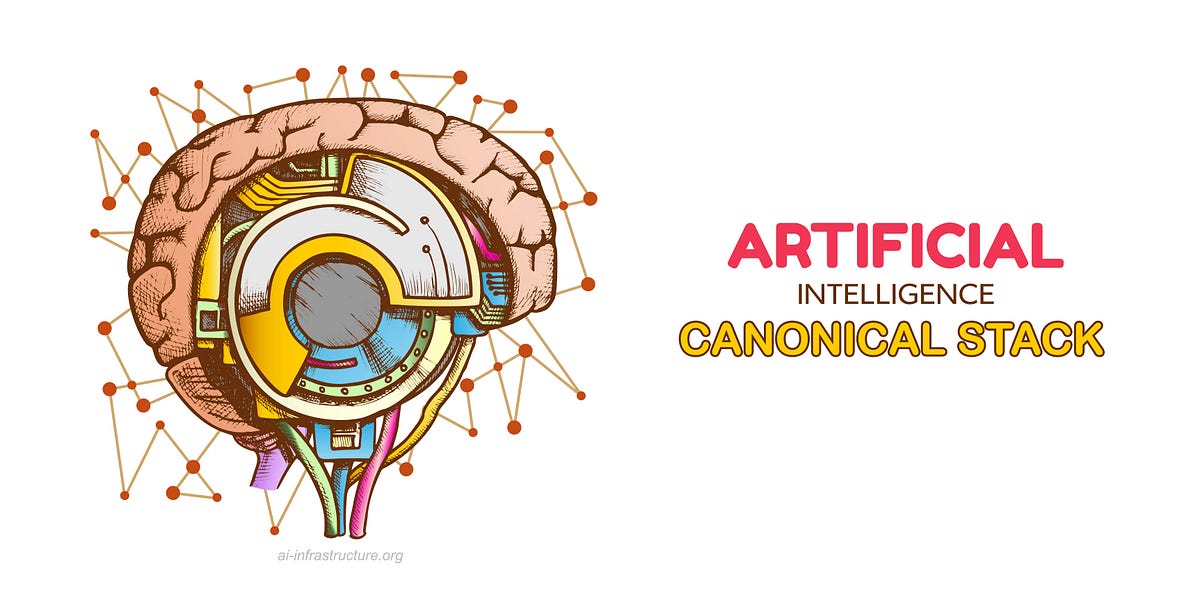With every generation of computing comes a dominant new software or hardware stack that sweeps away the competition and catapults a fledgling technology into the mainstream.
I call it the Canonical Stack (CS).
Think the WinTel dynasty in the 80s and 90s, with Microsoft on 95% of all PCs with “Intel inside.” Think LAMP and MEAN stack. Think Amazon’s S3 becoming a near universal API for storage. Think of Kubernetes and Docker for cloud orchestration.
The stack emerges from the noise of tens of thousands of other solutions, as organizations look to solve the same super challenging problems. In the beginning of any complex system, the problems are legion. Stalled progress on one blocked progress on dozens of others. But as people solve one problem completely, it unlocks the door to a massive number of new solutions.
In the early days of the Internet, engineers worked to solve thousands of novel problems all at the same time, with each solution building on the last. Once someone invents SSL, you can do encrypted transfers of information. Once you have the Netscape browser that can do SSL you can now start working on e-commerce. Each solution unlocks a new piece of the puzzle that lets people build more and more complex applications.
As more and more pieces of the stack come together the “network effect” kicks in. Each node that comes online makes the network more and more valuable. Suddenly, when you’ve added enough people you hit a “tipping point” and adoption accelerates rapidly up an exponential S curve. Once it accelerates fast enough you hit critical mass and adoption becomes unstoppable.
When a CS forms it lets developers move “up the stack” to solve more interesting problems. Over the last few decades we’ve seen traditional software development reach dizzying new heights as better and better stacks emerged. It once took a small army of developers to write a database with an ugly interface that could serve a few thousand corporate users in the 1980s and 1990s.
It took only 35 engineers to reach 450 million users with WhatsApp.
That’s the network effect in full effect, where any team can leverage cutting edge IDEs, APIs, and libraries from dozens of other teams to deliver innovation at a breakneck pace.
We can track the formation of a CS with the famous Technology Adoption Curve.
#devops #mlops #artificial-intelligence #venture-capital #machine-learning
